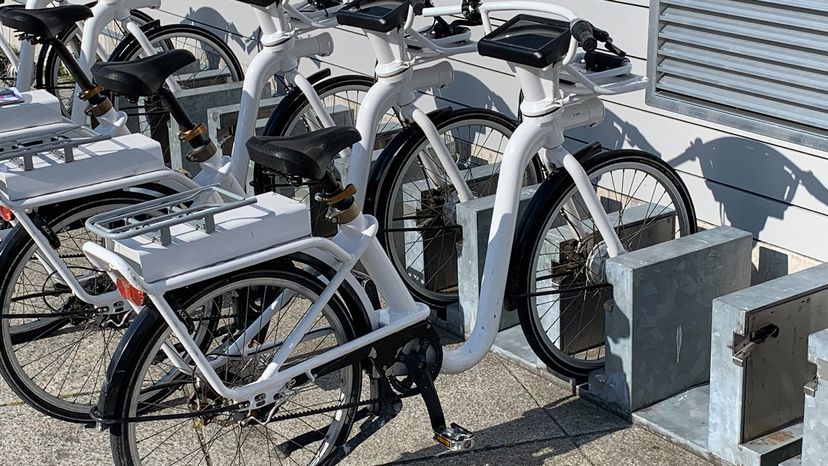
The bicycle generator: It's an eco-friendly marvel that turns your pedal power into electricity. But could this little gadget replace your power outlet and help you save on electricity bills? In other words, is it possible to power your computer or TV solely by pedaling away on your bike?
Let's take a look at the science and practicality behind the green dream of bike generators.
Advertisement

